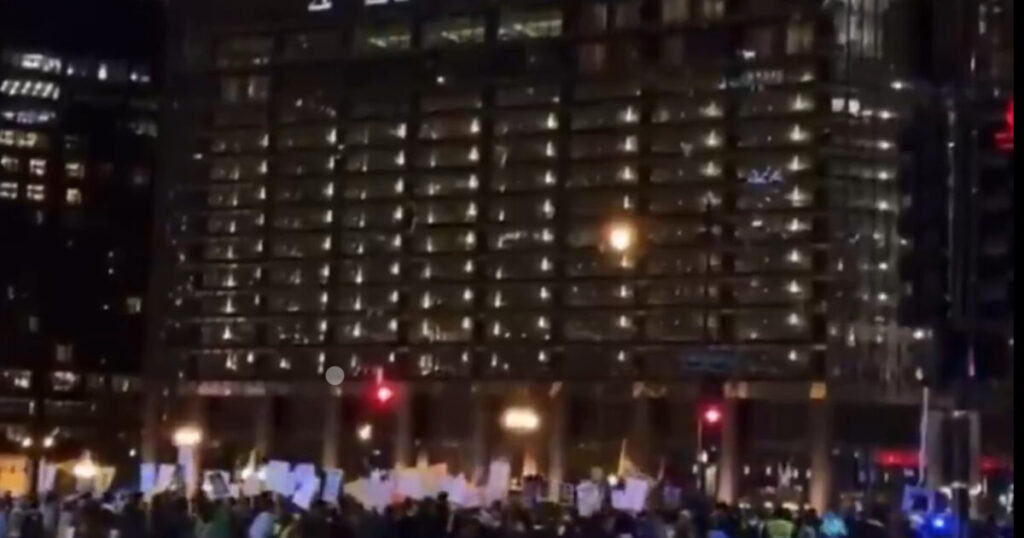In the aftermath of Donald Trump’s triumphant return to political prominence, the United States has seen a wave of protests erupt across various cities, most prominently in Chicago. The demonstrations have been triggered by a significant number of Americans—particularly among Democrats and leftists—who are struggling to come to terms with Trump’s election victory, which they deem unacceptable. Thousands gathered outside Trump Tower in Chicago, expressing their discontent with spirited chants and placards, underscoring the divisive impact of the 2024 elections. These protests reflect a lot more than a mere rejection of the election results; they signify a broader ideological rift that has deepened in the country, leading to a growing atmosphere of unrest and contention.
Social media platforms have become a focal point for reporting on the protests, with multiple live updates illustrating the scale and intensity of the demonstrations. Activists in Chicago were joined by individuals from various causes, including pro-Palestinian groups, which hints at the intersecting social justice issues that many attendees aimed to bring attention to. The sense of urgency and anger showcased during these protests indicates a consolidated effort among those who oppose Trump’s policies and the Republican agenda. Hashtags highlighting the protests have quickly gained traction, illustrating the ability of social media to mobilize and galvanize support against a common target, in this case, the newly elected president.
Beyond Chicago, protests took place in New York City, where students at New York University gathered to voice their dissent. Their slogans, focusing on issues relating to Israel and Palestine, demonstrate that for many demonstrators, the protests were not solely about the election outcome but also encompassed broader geopolitical issues. The protests in Philadelphia indicate a complicated relationship between Democrats and their traditional strongholds, showcasing an apparent decline in support for figures like Kamala Harris. This discontent among those who typically align with the Democratic Party adds another layer of complexity to the reactions following Trump’s electoral success, reflecting an internal struggle as much as an external one.
Internationally, reactions have also been noted, albeit on a smaller scale. In the UK, protests in cities like York and outside the U.S. Embassy in London showcased how Trump’s presidency reverberates beyond American borders. Even with small gatherings, these protests indicate a global concern over his leadership style and the projected policies anticipated to emerge from his administration. The protest in York, characterized by its minimal size, has been ridiculed on social media, emphasizing that while local sentiments may not shift the balance of power in the U.S., they symbolize a certain ideological opposition that persists even overseas.
The apparent tensions exhibited by protesters signal not only a reaction to electoral results but also underline deeper societal divides that have escalated over the years. The protests echo past sentiments seen during events such as the Black Lives Matter protests of 2020, suggesting a potential resurgence of a broader activist mobilization geared towards resistance against policies and elections viewed as regressive or harmful. The intensity of feelings voiced at these protests illustrates a sense of betrayal among certain voter blocks and raises questions about the non-acceptance of electoral outcomes when they fail to reflect personal or community ideals.
As Donald Trump assumes office once more, he does so with a mandate that many protesters view as a threat to progressive values and policies. The challenge posed by these demonstrators may foreshadow turbulent times ahead, not just politically but also in terms of societal cohesion. While Trump’s victory might give his administration a sense of legitimacy and purpose, the collective discontent illustrated through these protests suggests that the roots of discord are far from resolved. The unfolding events serve as a reminder of the significant ideological battles that lie ahead in American politics, as the nation grapples with how to move forward amid pronounced divisions.

